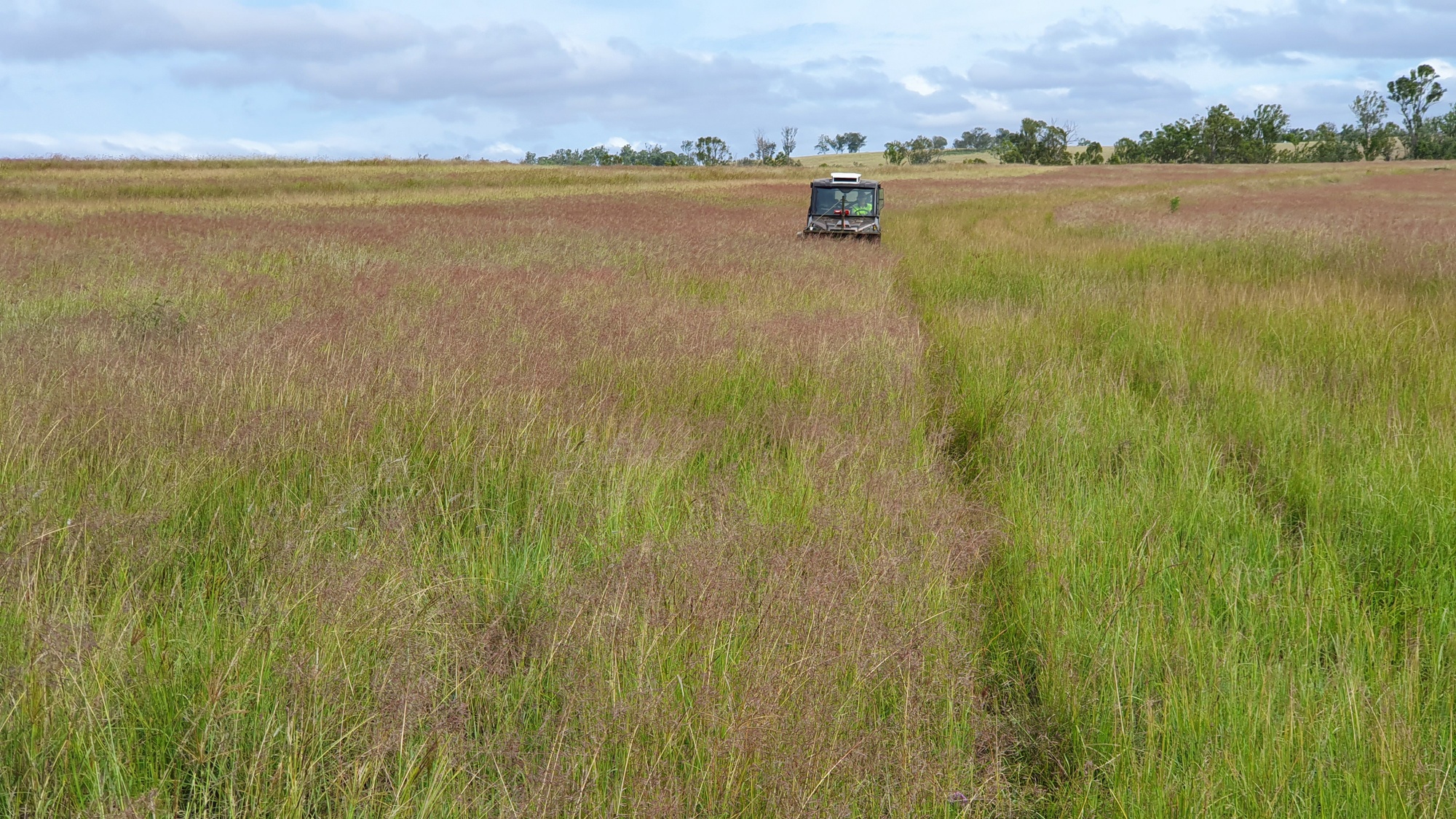Plant Profiles
Plant Categories
Subshrub
Trailing herb
Annual
Annual or Short-Lived Perrenial
Prostrate Shrub
Graminoid
Vine
Forb
Nitrogen Fixer
Grass
Tree
Shrub
Sedge
Wattle
Show All
14Genera
Acacia
Allocasuarina
Alphitonia
Alstonia
Angophora
Archidendropsis
Aristida
Arundinella
Astrebla
Atalaya
Atriplex
Austrosteenisia
Austrostipa
Banksia
Baumea
Bolboschoenus
Boronia
Bothriochloa
Brachychiton
Breynia
Callitris
Calotis
Capillipedium
Carissa
Cassia
Cassine
Cassinia
Casuarina
Chloris
Chrysocephalum
Chrysopogon
Clerodendrum
Corymbia
Crotalaria
Cymbopogon
Daviesia
Denhamia
Derris
Dichanthium
Dodonaea
Einadia
Enchylaena
Enteropogon
Eragrostis
Eremophila
Eriochloa
Erythrina
Erythroxylum
Eucalyptus
Eustrephus
Fimbristylis
Flindersia
Gahnia
Geijera
Grewia
Hardenbergia
Heteropogon
Hovea
Imperata
Indigofera
Jacksonia
Jasminum
Juncus
Kennedia
Lepidosperma
Lomandra
Lophostemon
Ludwigia
Lysiphyllum
Maireana
Melaleuca
Melia
Myoporum
Notelaea
Owenia
Pandorea
Panicum
Parsonsia
Paspalidium
Petalostigma
Petalostylis
Pittosporum
Podolobium
Pomax
Psydrax
Pterocaulon
Ptilotus
Pultenaea
Rhagodia
Rhodosphaera
Rhynchosia
Sarga
Schoenoplectiella
Schoenoplectus
Senna
Sida
Solanum
Sporobolus
Swainsona
Syncarpia
Themeda
Trema
Vachellia
Ventilago
Vittadinia
Show All
105Eucalyptus tereticornis
| Categories | Tree |
| Common Name(s) | Forest Red Gum, Blue Gum |
| Family | Myrtaceae |
Description
"Tree to 50 m tall. Forming a lignotuber. Bark smooth throughout, mottled white, cream, yellow, pink and grey; sometimes with persistent dark grey flakes of rough bark on base of large trunks." (Euclid, 4th Ed.)
Notes
Eucalyptus tereticornis is a redgum. There are many redgums in Australia and they are discussed in Euclid 4th Ed., please see link below. The taxa most demanded in revegetation work anywhere are those which are widespread or locally abundant or both. Among redgums within Queensland these are mostly Eucalyptus tereticornis subsp. tereticornis, Eucalyptus camaldulensis, and Eucalyptus exserta. Within NSW, Eucalyptus blakelyi and Eucalyptus chloroclada are often utilised.
Our areas of operation have been from north of Mackay to northern NSW and here we've interacted with Eucalyptus tereticornis subsp. tereticornis on sands to shallow, skeletal soils to heavy cracking clays and deep alluviums, and on many geologies including basalt, andesite, metamorphics such as mudstones, and on granites etc. We observe morphological and behavioural variation in E.tereticornis which is of importance to seed collectors. The taxon may vary greatly in height and form making it easier or harder to work with, it may hold ripe seed for six weeks in some settings or for over a twelve months in others, it may set fruit in correlation with local edaphic factors (rock units, soil types) or in correlation with elevation and soil type despite seperation by hundreds of kilometres. Seed setting may be correlated with particular drainage systems as years and fruiting seasons pass. We also note variability in seed morphology, not yet described, and this variability may be erratic over small distances. In places where the range of E.camaldulensis and E.tereticornis become close or overlap there may be intergradation occuring.
In regard to intergrades, people may reflexively avoid them. We generally see no need to avoid them for use in rehabilitation. A job may often use both Eucalyptus crebra and Eucalyptus melanophloia. Why avoid intergrades between the two, a bluish leaved form of E. crebra for example, when they are a natural feature of these populations?
Historical Notes
Distribution
"Widespread along the coast and adjacent hills and plains of eastern Australia from south coastal New South Wales to Queensland where it occurs inland almost to Roma, Alpha, Charters Towers and Mt Surprise although not north of Cooktown; also in New Guinea." (Brooker, M.I.H., and Kleinig, D.A., 2004)
References and Related Links
EUCLID Eucalypts of Australia Edition 4 (2015, internet based, hosted by the Atlas of Living Australia). Date accessed: Oct 8, 2019.
Brooker M.I.H., Kleinig D.A. (2004) 'Field guide to eucalypts. Vol. 3. 2nd edn. (Bloomings Books: Melbourne)
